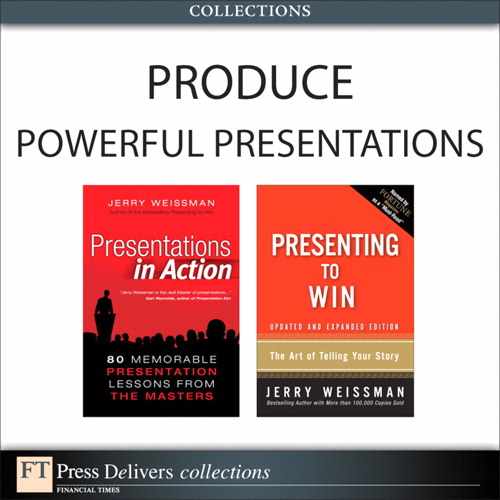6. It Ain’t What You Say, It’s How You Say It: Lessons in Structure from Jeffrey Toobin and Andrew Weil, M.D.
The first commandment in all communications is that the messenger is just as important as the message—or, in the vernacular, it ain’t what you say, it’s how you say it.
Jeffrey Toobin and Andrew Weil, M.D., are, by any standard, on the A-list of public speakers. Each man has what is known on the keynote speaking circuit as a solid platform. The term refers to a large installed base of loyal followers built by frequent access to and exposure in the media. Mr. Toobin, a legal political analyst for CNN, appears regularly on that cable channel; and Dr. Weil, a trusted health advisor (as his trademark reads), runs a vast online marketplace that sells personal care products, vitamins, and cookware. Each man also has a string of bestselling books, including Mr. Toobin’s The Nine and Dr. Weil’s Natural Health, Natural Medicine. All these factors create an attractive draw for their public speaking engagements.
As part of the San Francisco Bay Area’s lecture series, both men drew sold-out crowds of more than 3,000 people to the historic Frank Lloyd Wright–designed Marin Civic Center. Both men are dynamic speakers, but their individual styles present an interesting study in contrasts.
Of the two, Mr. Toobin was more effective, despite that fact that Dr. Weil’s subject—health—was of greater intrinsic and personal value to the audience than Mr. Toobin’s drier subject—the Supreme Court. The difference was their organizational structures.
During his hour, Dr. Weil touched on a wide array of subjects, including vitamins, diet, health care reimbursement, and even an audience-participation breathing exercise that had all 3,000 people huffing and puffing along with him. Although Dr. Weil covered each topic thoroughly, each one stood alone, without a link or transition to the next, making it challenging to follow. Mr. Toobin, on the other hand, had a single theme: the composition of the Supreme Court. Although he moved backward and forward in time, discussing the varying combinations of the nine justices in different decades, and although he peppered each story with human interest anecdotes, his speech was easy to follow because each move and anecdote supported and pivoted around the central theme. Mr. Toobin held the audience in rapt attention throughout his speech.
What made Mr. Toobin’s structure work? How could Dr. Weil have improved his?
Speakers can select one of 16 different Flow Structures, or logical templates, to organize the diverse components of any story into a clear roadmap for audiences. Presenting to Win describes all 16 in detail, but 2 of the simplest and most frequently used are the Numerical and Chronological Flow Structures. David Letterman uses the Numerical Flow Structure in his nightly “Top Ten,” and Stephen Covey uses it in his Seven Habits of Highly Effective People. The Chronological Flow Structure is often used in business to describe a company’s track record, present position, and future direction, or to trace a product evolution from inception to release, to upgrade.
Jeffrey Toobin chose Numerical as his primary Flow Structure with Chronological as his secondary. His central theme was the composition of the nine justices along liberal and conservative lines. The shifting balance of power among the nine is a constant source of dramatic tension that drives presidential elections, political parties, and many impassioned contending constituencies. Mr. Toobin discussed the various majorities and minorities among the justices at different points in time. Because of his central focus on the total number, he was able to jump backward and forward among different decades and even add sidebar human interest stories, yet still maintain a clear narrative thread.
Dr. Weil could have created continuity by emulating David Letterman and Jeffrey Toobin by choosing Numerical: assigning a number to the diverse health topics he discussed, with “Six (or Seven) Health Challenges.” Then if he were to “Tell them what he was going to tell them” at the beginning, countdown as he “Told them,” and then “Tell them what he told them” in summary, his audience would have followed along easily. Or, as Aristotle advised 2,300 years ago, Dr. Weil would have created a clear beginning, middle, and end.
Aristotle is considered as a classic because his wisdom endures.
